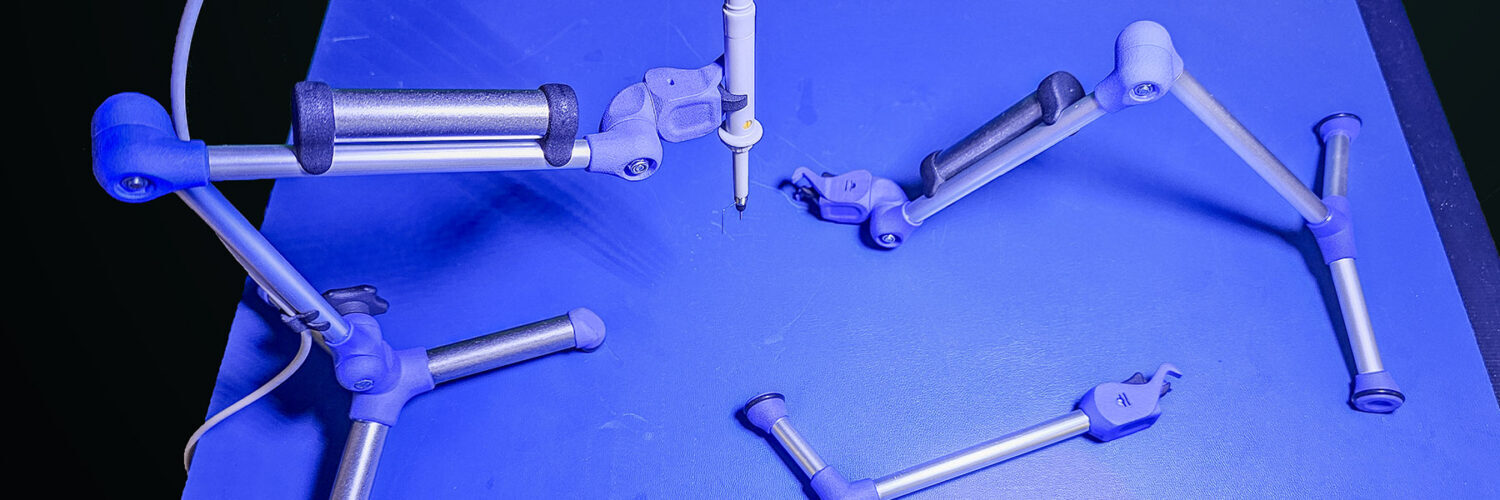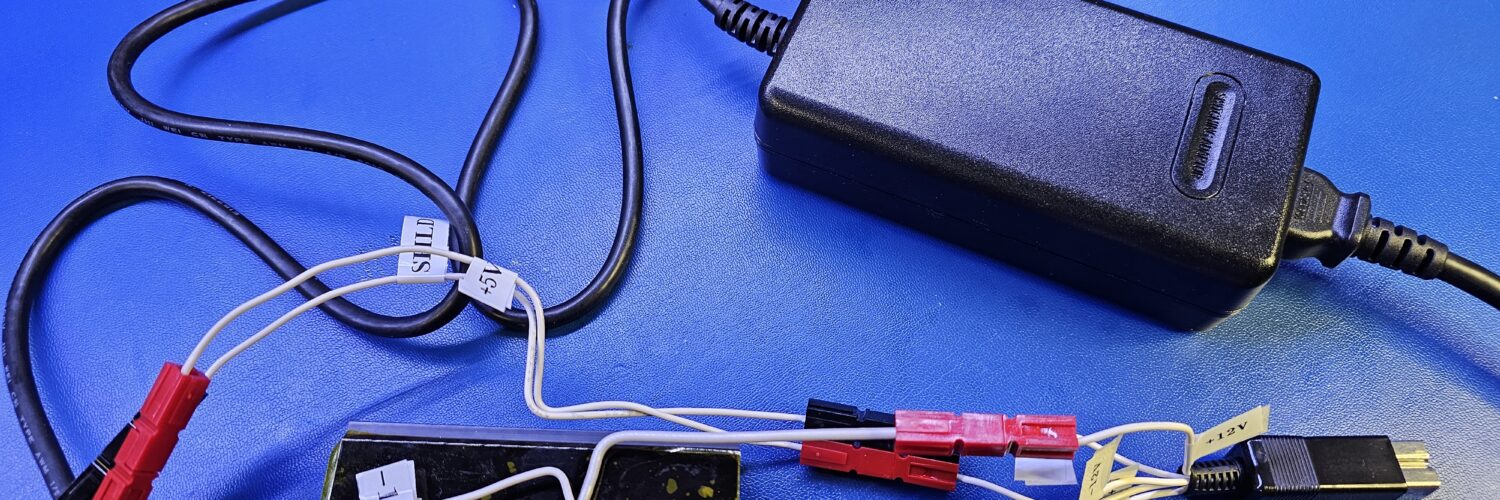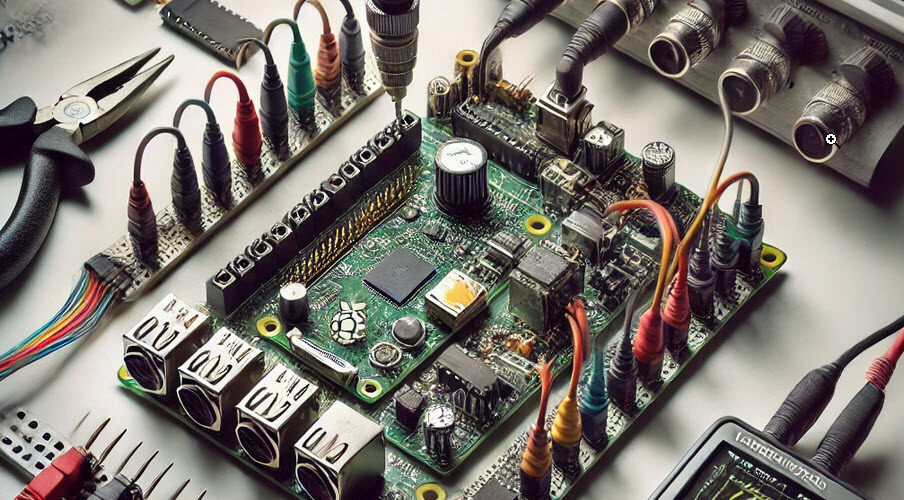Disclaimer: While I purchased these myself at full price, Gisler did pay for shipping. This is my own opinion. If you’ve ever tried to hold multiple scope probes steady during debugging, you know how frustrating it can get. I tested three...
Couple hi-res images of 16902A mainboard
I just recently added another HP/Agilent logic analyzer to my collection. This time it is the 16902A. I needed to remove the CPU tray to replace the IDE HDD with a SATA SSD. As a result, I figured I’d take couple...







